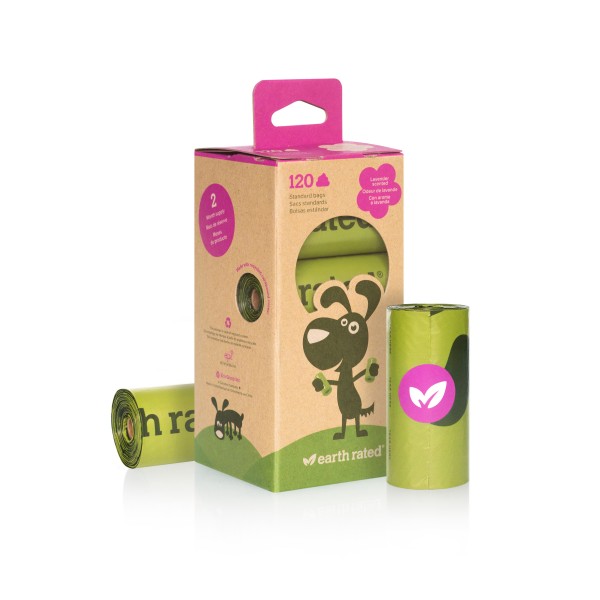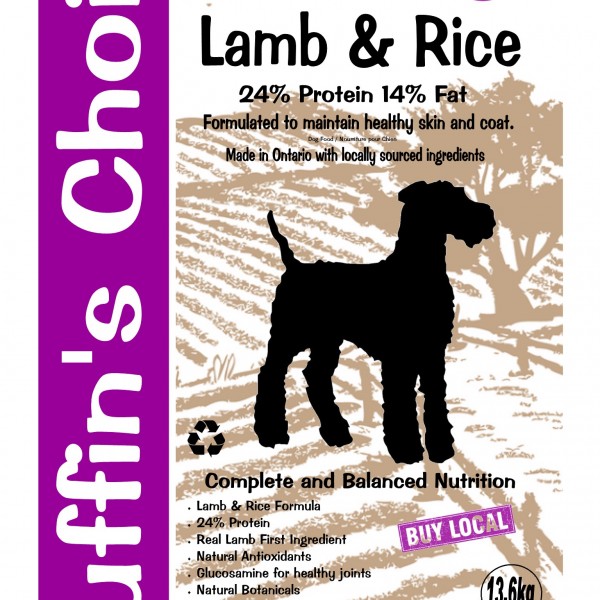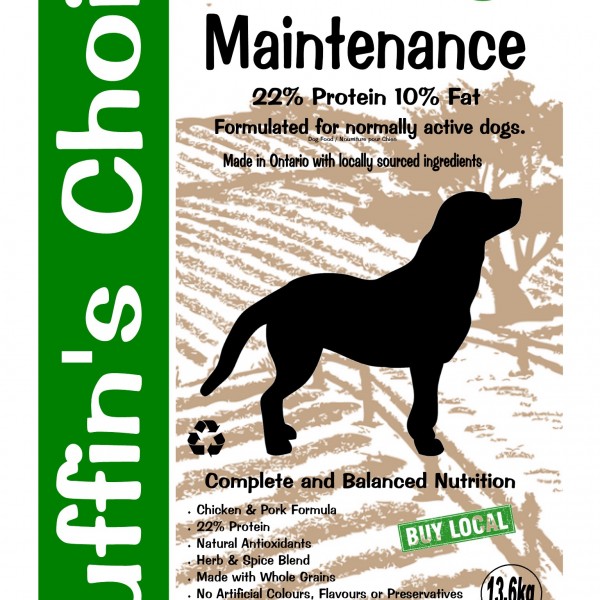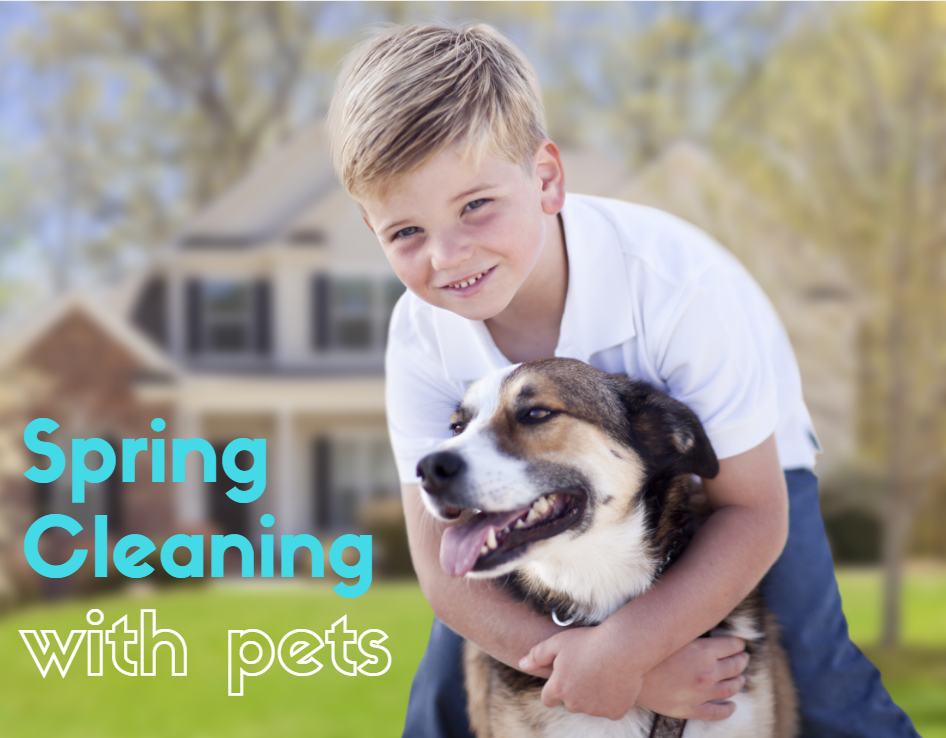
Gerbils, unlike hamsters, are more active during the daylight hours. They are as easy to care for as hamsters. They are extremely clean, maintenance is very simple and their requirements are few. They only require a clean, peaceful environment, a quality diet and your attention.
The adult gerbil is approximately 4 inches in length and weighs almost 4 ounces. Their tails are covered with fur (unlike mice) and are tufted on the end.
Make sure you choose a cage carefully, because it is possible for the gerbil to gnaw his way through wood. A wire cage specifically for small animals is good, or use a ten gallon aquarium – remember to get a screen cover because the curious animals will easily escape unless the cage is well covered. Gerbils are extremely good jumpers. If you examine them you will notice that the rear legs are much larger than those in from – which are more suited for gathering and holding food – giving the gerbil his excellent jumping ability.
The cage should be large enough to supply your gerbil with the opportunity to exercise. Exercises is extremely important for your pet – an exercise wheel whether purchased separately or supplied with the cage is best. Food can be provided in a heavy plastic dish or crock dish. Although the gerbil will drink very little water, clean fresh water should always be available. The best way to supply water is in a water bottle, because water in a dish can easily become contaminated.
Gerbils can tolerate wide fluctuations in temperature and therefore do well in most home situations. Keep your gerbil’s cage in an area of the room that is draft free to avoid any cold air.

Pine chips or aspen chips make an excellent bedding for gerbils. Fresh n cumfy from Hagen is one one the products we recommend. The cage should be cleaned thoroughly once a week when the old bedding is removed and new litter added. A solution of soap and water or a mild bleach solution can be used.
Make sure the cage is totally dry before adding the new litter. Clean the food dish and water bottle with a brush to prevent the build-up of bacteria and slime.
Gerbils, being very clean animals by nature, will usually use one corner of their cage as their bathroom. Special cleaning attention should be given to this area.
The gerbil is one of the easiest animals to feed. He is mainly a vegetarian. A quality, balanced diet should be provided daily. Treats and alfalfa can be provided from time to time. Vitamins and food supplements can be added to the food and water. Occasional vegetables can also be fed sparingly – no lettuce or vegetables from the cabbage family. Remove uneaten food promptly to avoid spoiling. Gerbils, since they are a desert animal, require little water, but it should be available to them at all times.
You should provide a wood block for the gerbil to gnaw on to help prevent excessive tooth growth. The gerbil’s front teeth continue to grow, and will become useless to him for opening the seeds he needs to stay alive, unless he has a block on which to gnaw.
Gerbils can be fed rodent (or lab) blocks as a treat. These are nutritious and provide your pet with good food to gnaw upon.
Gerbils rarely, if ever, bite their owners. They can be easily tamed regardless of their age, although younger gerbils are sometimes easier to work with. Make sure they are active before attempting to pet or handle them. Simply put you hand in the cage and allow them to smell you (like most rodents, gerbils have a keen sense of smell) and get accustomed to you. Try petting them at this time. Soon you will be able to slip your cupped hand under the gerbil and cause him to sit in it. Once they are familiar to petting and handling, you can carefully remove them from the cage. Remember to move slowly and deliberately, avoid jerky movements. Try to handle them while you are sitting since a fall from a standing position can seriously injure your pet.
Gerbils are very easy to breed. All you need is a compatible male and female. Gerbils mate for life. It is not necessary to separate the male and female once the babies are born. In fact, the male gerbil will take an active part in the more intense nest building that will occur. The babies are born about 2 1/2 to 4 weeks after conception. Try to disturb the young as little as possible. Once their eyes are open – around 15 days – the young will wander all over the cage and it is then safe to briefly handle them. If it is necessary to clean the cage, just remove the litter from everywhere except the nest, and replace it. The babies are weaned at about 4 weeks and can be moved after 5 weeks.
The first gerbils for sale, and still the most common, are brown. They are now available, however, in a large variety of colours, including: white, black, black and white, and brown and white.
If you keep the cage dry, provide a quality diet, avoid drafts and disturb your pet as little as possible, you should have few if any problems. If your pet does develop a cold, many products are available for combating bacterial or intestinal problems.
CHINCHILLA HAMSTER GERBILS GUINEA PIGS














